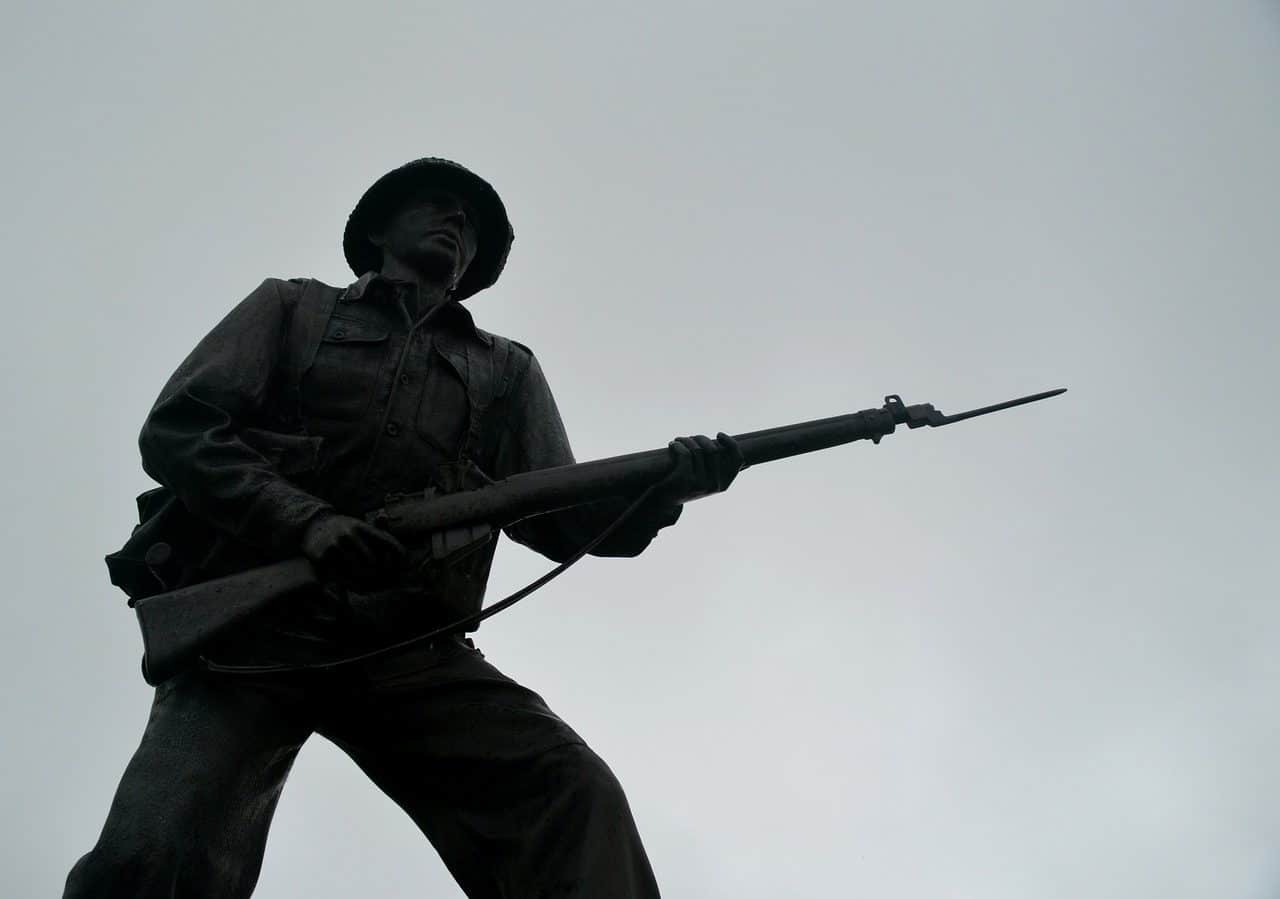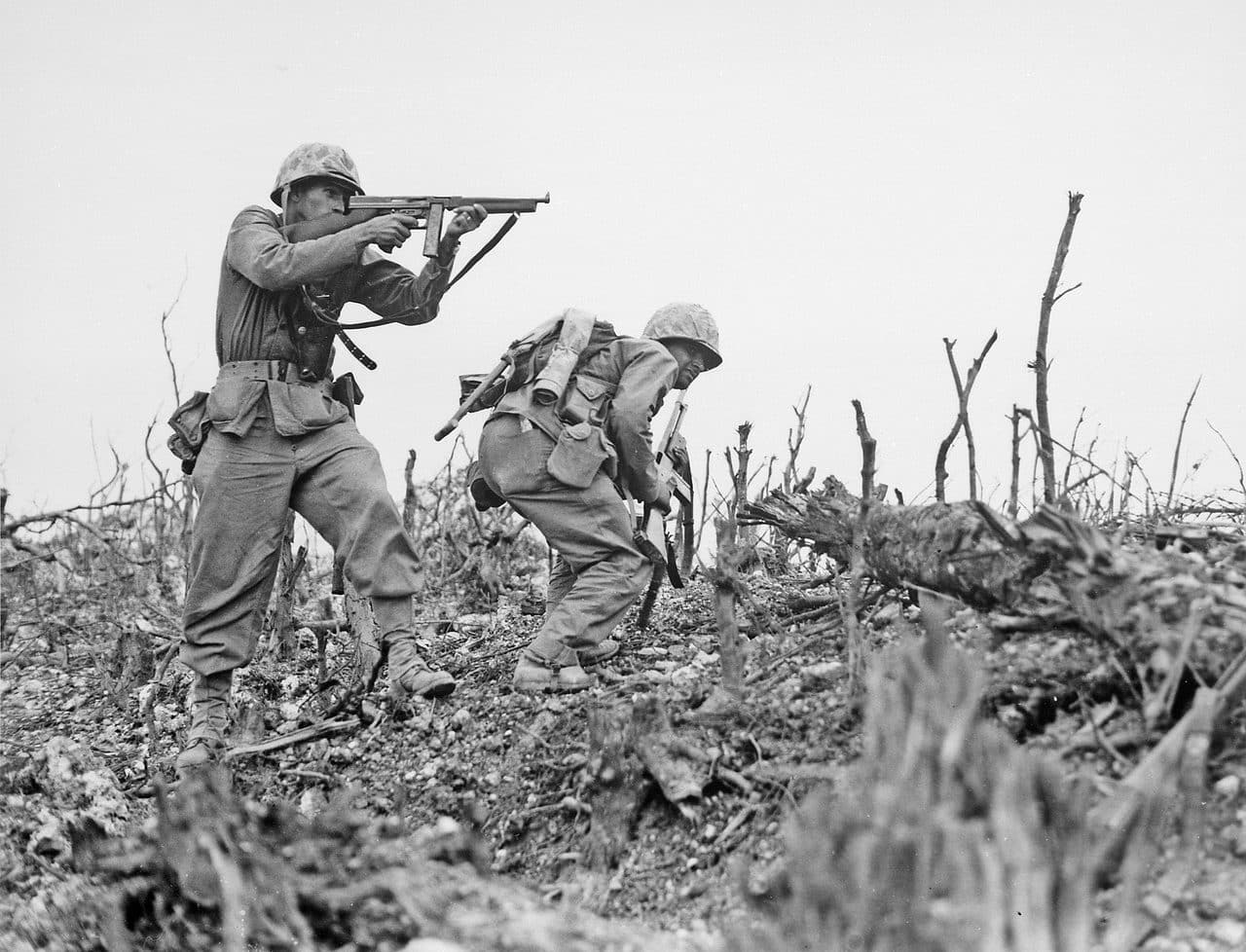
Trench warfare was key in World War II.
The Second World War took place between 1939 and 1945 , being one of the most tragic wars in the history of humanity . Most countries intervened in this conflict , including the main global powers.
It is estimated that, in the context of World War II , up to 70 million people may have died. The figure represented, at that time, about 2.5% of all human beings .
Who fought in World War II
Based on a series of alliances and agreements, the nations were grouped into two large groups: the Allies and the Axis . The leaders of the Allies were the United Kingdom , the Union of Soviet Socialist Republics ( USSR ), the United States , France , and China ; The Axis , meanwhile, was led by Germany , the Kingdom of Italy and the Empire of Japan .
Most other states aligned themselves with one group or the other. The Netherlands , Poland , Norway , Australia , South Africa and Morocco , for example, supported the Allies . Instead, Serbia , Croatia , the Kingdom of Bulgaria , the Kingdom of Iraq and Thailand , among others, accompanied the Axis powers.
The military mobilization was enormous: some 100 million soldiers took part in the war actions. In this context, there were interventions in Europe (such as the Battle of Stalingrad and the Battle of Britain , among many others), Asia ( Battle of Iwo Jima , the bombing of Tokyo , etc.), Africa (the North African front) and Oceania (the war in the Pacific and the attack on Pearl Harbor ).

After the Battle of Normandy, the Allies liberated the territories of Western Europe that had been occupied by the Nazis.
The beginning and the end of the conflict
Typically, the invasion of Poland by Germany , which began on September 1, 1939 , is marked as the beginning of World War II . After this event, the United Kingdom and France declared war on the Germans. As for the end of the belligerence , August 14, 1945 , the date of Japan 's armistice , is usually mentioned.
There are historians who, in any case, allude to other events . Thus, there are those who consider that the Second World War began in 1931 with the invasion of Manchuria by the Empire of Japan ; in 1935 when Italy invaded Ethiopia ; or in 1937 with the second Sino-Japanese War .
Regarding the completion, some experts prefer to point to the formal Japanese surrender , which took place on September 2, '45 .
Main events of World War II
Several events that took place within the framework of World War II have changed history due to their magnitude . In this conflict , to mention a milestone, nuclear weapons were used for the first time.
On August 6, 1945 , the United States became the first country to carry out a nuclear attack . That day the Japanese city of Hiroshima was bombed. Three days later, he again dropped a nuclear bomb on the civilian population, in this case in Nagasaki . The atomic bombs of Hiroshima and Nagasaki cost the lives of more than 100,000 people .
Beyond the nuclear issue, in World War II bloody bombings took place on different cities. Locations such as London , Warsaw , Rotterdam and Berlin , among others, suffered extensive damage.
We cannot fail to mention the genocide that Nazi Germany carried out during the Second World War . The Holocaust consisted of a systematic plan for the elimination of the Jewish population and other social groups. These actions included the establishment of ghettos (such as the Warsaw Ghetto ) and concentration camps (in Auschwitz, Sobibor and other localities) and mass murder in gas chambers .

The occupation of France by the Axis powers lasted four years during World War II.
The leaders
The most important political leaders of each country became the leaders of the warring sides. Adolf Hitler , Germany 's führer and promoter of the Third Reich , is possibly the best-known historical figure of the conflict for his aforementioned extermination policies and the atrocities he committed.
In the Axis , Hitler was accompanied by the Italian Benito Mussolini (head of Government of Fascist Italy ) and the Japanese Emperor Hirohito .
On the Allied side, the main figures were the Englishman Winston Churchill (successor of Neville Chamberlain ), the American Franklin D. Roosevelt and the Soviet Joseph Stalin .
After World War II
Once the Second World War ended, a political and social process was launched in order to restore peace, agree on new borders and punish those responsible for war crimes .
Within this framework, several conferences were held between the leaders of the powers. At the Yalta Conference , for example, it was decided to abandon the state of war. Then, at the Potsdam Conference , it was agreed that Germany would return the European territories it had annexed and the denazification and demilitarization of this country was defined.
The Nazi leaders, meanwhile, were tried at the Nuremberg Trials . Hermann Göring (the commander-in-chief of the Luftwaffe ) and Rudolf Hess ( Hitler 's secretary), among others, were convicted there.
